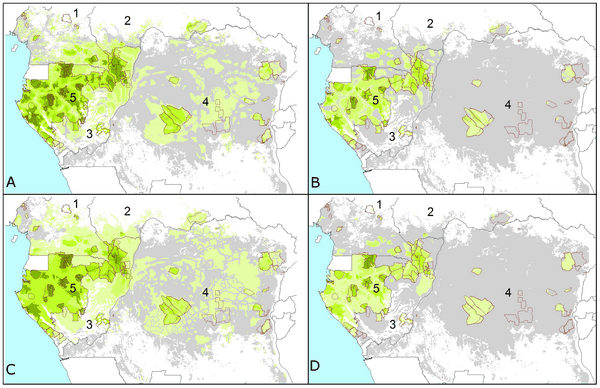An international team of researchers set out on the daunting task of surveying the Central African elephant population. Their results offer a new harsh cold shower as to the critical situation wildlife our planet is currently in. Their findings suggest the African elephant population in the area has plummeted by a staggering 62% and their range has dwindled by 30% since 2002. This means that in the past 25 years alone, African elephants are 80% as fewer.
As you can imagine, estimating the elephant population over such a vast area that stretches through Cameroon, Gabon, The Democratic Republic of the Congo, Congo, and the Central African Republic was no easy task. Some 91,600 combined man-hours were required to survey the 13,000 kilometers of land, as the researchers carefully analyzed animal dung density to infer elephant numbers. Their data suggest that there only as many as 100,000 individuals are currently alive in Central Africa, down from 700,000 mere decades ago.

Habitat loss and agricultural activities have had their part to play in this dramatic demise, however the major factor is heartbreaking – poaching. During the past few years, ivory – a luxury commodity that is harvested from elephant tusk – has soured in prices, driven especially by high demand in China. The local poor and under educated African populace is easily seduced by the prospect of making big money fast, which has lead to a frightening increase in poaching.
With this new data at hand, the researchers hope to sway regulating organizations to move African forest elephants from “vulnerable” to “critically endangered” on International Union for the Conservation of Nature’s Red List, in hope that this action might prompt more action from local and international authorities.
Findings were reported in a paper published in the journal PLoS One.
Was this helpful?



